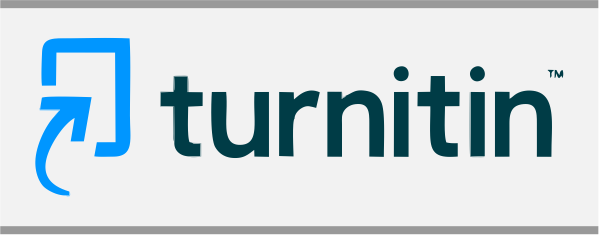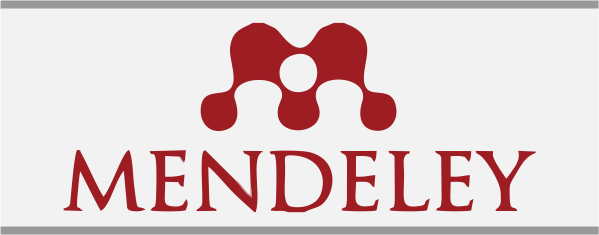AN ANALYSIS OF CULTURAL CONTENT IN THE TEXTBOOK “PATHWAY TO ENGLISH†FOR SECOND GRADE IN SENIOR HIGH SCHOOL
(1) IAIN Syekh Nurjati Cirebon
(2) IAIN Syekh Nurjati Cirebon
(*) Corresponding Author
Abstract
Abstract: Some teachers English only focus on  students’ four skills and do not introduce about  the culture, especially in learning English. Then, the student don’t know about the culture. Cultural content is not taught directly. It can introduce through the textbook. So this way the important thing to the teacher should choose the appropriate textbook for teaching and learning language without leaving the culture that represented in the textbook. This research investigates the representation of culture-related contents in English textbooks entitled “Pathway to English†that published by Erlangga for second grade in senior high school in Indonesia. A content analysis of these textbooks was conducted, using two aspects of culture, ‘cultural categories’ and the ‘cultural dimensions’ as the evaluation framework. In this research analayzed 14 chapters, 53 reading passages that was analyzed. Based on the result of the data that was analyszed. The are two aspect that present in this research. The first aspect is the cultural categories of Cortazzi and Jin (1999), and that has most huge amount of the porpostion is target culture. The country that use English as official language. Next, the other cultural categories that has small part is local culture and the last which has the the smallest part is international culture. The second aspect is five dimentions of Moran’s theory (2001). The most that has huge amount of porpotion in five dimentions is product the second part is person and community. Practice and perspective are the small part that represent in the textbook.
Â
Keywords
Full Text:
PDFReferences
Arikunto, S. (2010).Prosedur Penelitian Suatu Pendekatan Praktik.
Jakarta: Rineka Cipta.
Brown, H. D. (2001) Principles of Language Learning and Teaching.
Beijing: Foreign Language Teaching and Research Press.
Cortazzi, M. & Jin, L. (1999). Cultural Mirrors: Materials and Methods in
the EFL Classroom, in Hinkel, E. (ed.), Culture in Second Language Teaching and Learning. Cambridge: Cambridge University Press.
Dewantara, K.H. (1994). Bagian II Kebudayaan. Yogyakarta: Majelis Luhur
Taman Siswa.
Fraenkel, J. (1996). How to design and evaluate research in education (3rd
ed.). New York: McGraw-Hill, Inc.
Grace, Eudia & Sudarwati M. Theresia.(2015).Pathway to English. PT.
Gelora Aksara Pratama: Penerbit Erlangga.
Graves, K. (2000). Designing Language Course, A Guide for Teachers.
Boston.
Hofstede.(1991).Cultures and Organizations, Software of The Mind.
England: McGraw-hill Book Company.
Hutichinson and Torres.(1994). The Textbook as Agent of Change. ELT
Journal. https://academic.oup.com/eltj/article abstract/48/4/315/2724140. Cited on August 2018
Karamouzian, F.M. (2010). A Post-Use Evaluation of Current Reading
ComprehensionTextbooks Used in TEFL Programs.The Iranian EFL. Journal,Vol. 6 (4).
Lodico, G, Marguerite, Dean T. Spaulding, Katherine H.Voegtle. (2006).
Methodsin Educational Research From Theory to Practice San Fransisco. Jossey Bass.
Moran, Patrick R. (2001). Teaching culture: Perspectives in practice.
Boston, MA: Heinle & Heinle.
Richards, J.C. (2001). Curriculum Development in Language Teaching.
New York: Cambridge University Press.
Skopinskaja, L. (2003). The role of culture in foreign language teaching
materials: an evaluation from an intercultural perspective (Incorporating intercultural communicative competence in language teacher education ). European Centre for Modern Languages, Council of Europe Publishing.
Yen, Y. (2000). Identity Issues in EFL and ESL Textbooks: A Sociocultural
Perspective. PhD. thesis. The Ohio State University, USA. Retrieved September 11, 2018 from
http://etd.ohiolink.edu/view.cgi?acc_num=osu124284567
DOI: 10.24235/eltecho.v4i1.4536
Article Metrics
Abstract view : 226 timesPDF - 59 times
Refbacks
- There are currently no refbacks.
Â
This Journal is indexed by:
Â

This work is licensed under a Creative Commons Attribution 4.0 International License.










